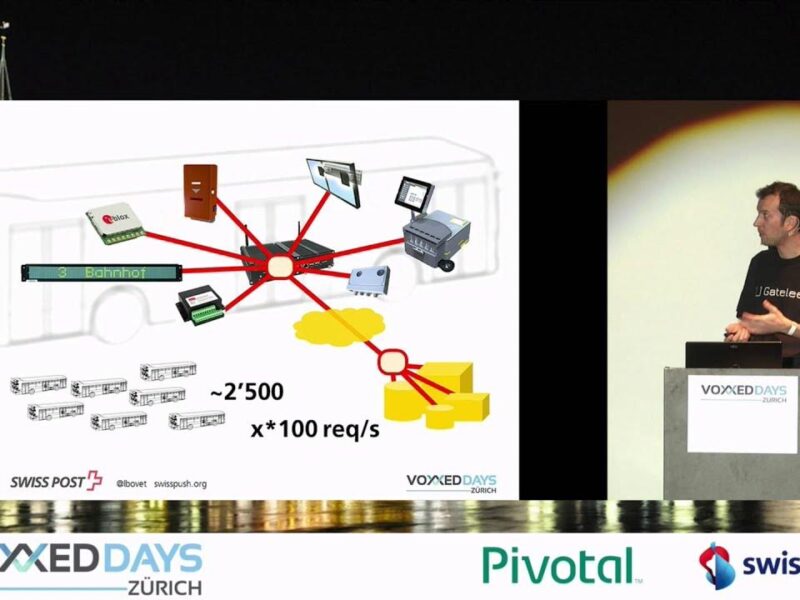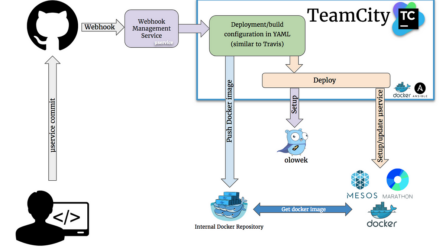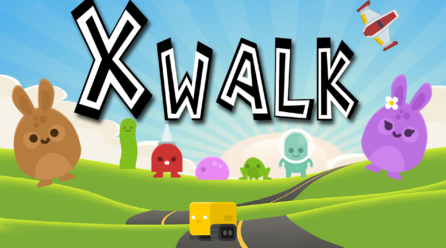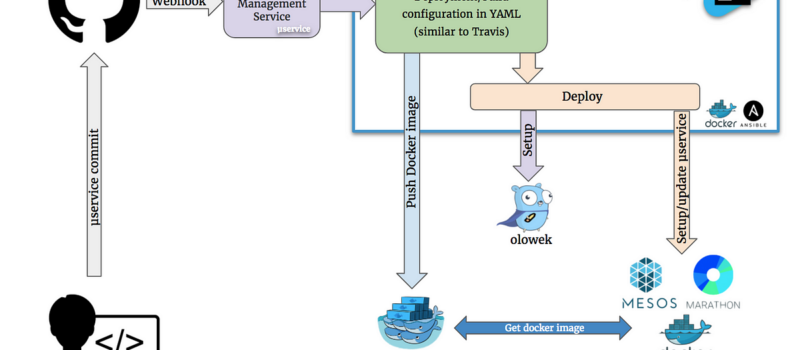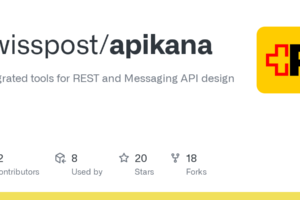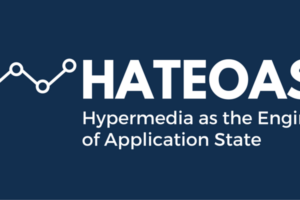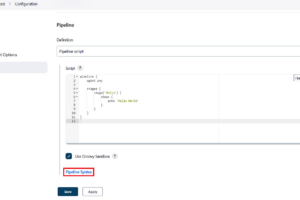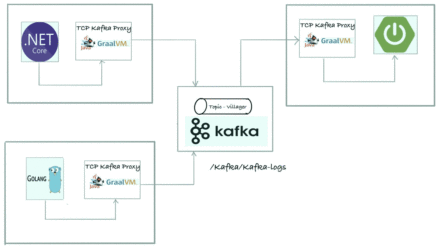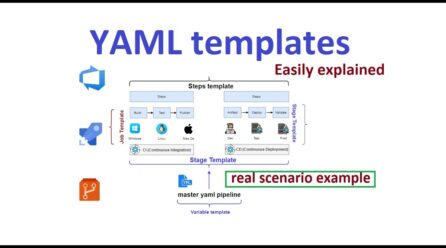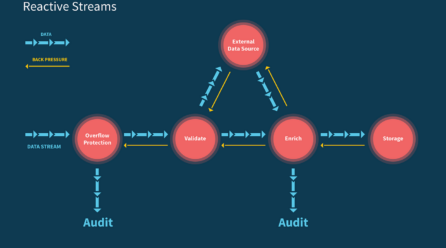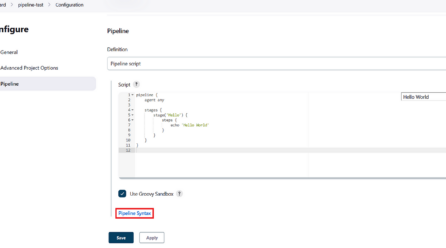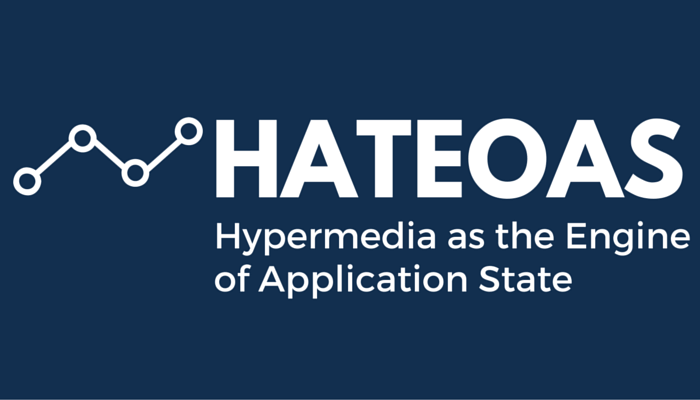Popular Posts
OAuth2 in depth: A step-by-step introduction for enterprises
– Federico Yankelevich During the last couple of months I have been discussing OAuth2 usage in enterprises with a few friends and developers at
Build a CI environment with Mesos and Docker
– Gianluca Lupo Overview This article is a follow up of the “Setup Mesos on a single node” article. By default I have chosen to use Docker t
Apikana – Integrated tooling for REST API Design
Why dislike HATEOAS?
Community Presence Launched
Latest Article
Kafka, Proxies and Service Mesh
– Laurent Bovet Service meshes are currently focusing on HTTP traffic. What about Kafka connectivity?
Build a CI environment with Mesos and Docker
– Gianluca Lupo Overview This article is a follow up of the “Setup Mesos on a single node” article. By default I have chosen to use Docker t
Painless YAML Templating
❤️YAML ? YAML is ubiquitous. Wether you love it or hate it, you have no choice but using it. It established itself as the configuration
Learn Reactive Streams
– Laurent Bovet An Online Notebook as Teaching Tool You maybe know Jupyter notebooks and like this kind of format. So do I, especially for teach
Apikana – Integrated tooling for REST API Design
– Laurent Bovet We just open-sourced Apikana! Apikana combines the following tools to facilitate the authoring of contract-first REST APIs: It
Reactive Plumber – A Groovy DSL for declarative Reactor streaming graphs
– Laurent Bovet You want to use Reactor (or RxJava) within a modular, readable and safe abstraction. Reactive Plumber let yo

